

When it comes to passive-house principles, there’s long been a tension between aesthetics and performance; a belief that reaching high standards of efficiency means compromising on design. But one home overlooking the Waikato River has found a beautiful balance – and so, it seems, have its owners. “Is this a rarity? I hope it’s not, but I think it probably is,” says Daniel Smith, of Edwards White Architects. “I think we got it right with this one.”
It’s not unusual to have a bit of push and pull between architects and builders, or architects and clients. In this case, there was also some push and pull inside the architecture practice as they tried to manage some of the trade-offs involved in building a high-performance house. Smith, who admits he didn’t know a lot about this kind of construction before he embarked on the project, focussed on the form, while senior technician and certified passive-house designer Mark Parton focussed on the function. “I think that’s a healthy relationship to have. The clients wanted a good thermally performing house, but I don’t think it was their number-one priority.
If you’re a thoroughbred passive-home owner, he says it might all be about performance, and the box is the best shape for that, but the clients wanted something more engaging. The goal was to create a modern take on a country home and create a place where the owners could “move with the sun, and move with the seasons”, says Smith. The view of the river and a big oak tree out front were central to the design. “The oak tree is such a big feature of the site, so there are big, long dormer windows and they’re always referencing back to the tree.” When it came to embracing the view, “we got down to half a degree on where the house should be sited, so it was very technical.
“With any project you’re looking for the things that make it unique to the site, to the clients, to the brief. We ran with it, and went deep with it,” says Smith. “Architecture is not meant to be at the forefront, it’s meant to enhance the landscape around it, and I think it does that really well.”
Building to high-performance standards is a methodical process. And methodical is a good way to describe the clients. Smith says most clients come with a short brief, but the owner came with a document that spanned around 30 pages. “He had read lots of architecture books and interviewed several architects,” and while this level of preparation could have been a red flag for a difficult project, “it ended up 99 percent how we drew it”.
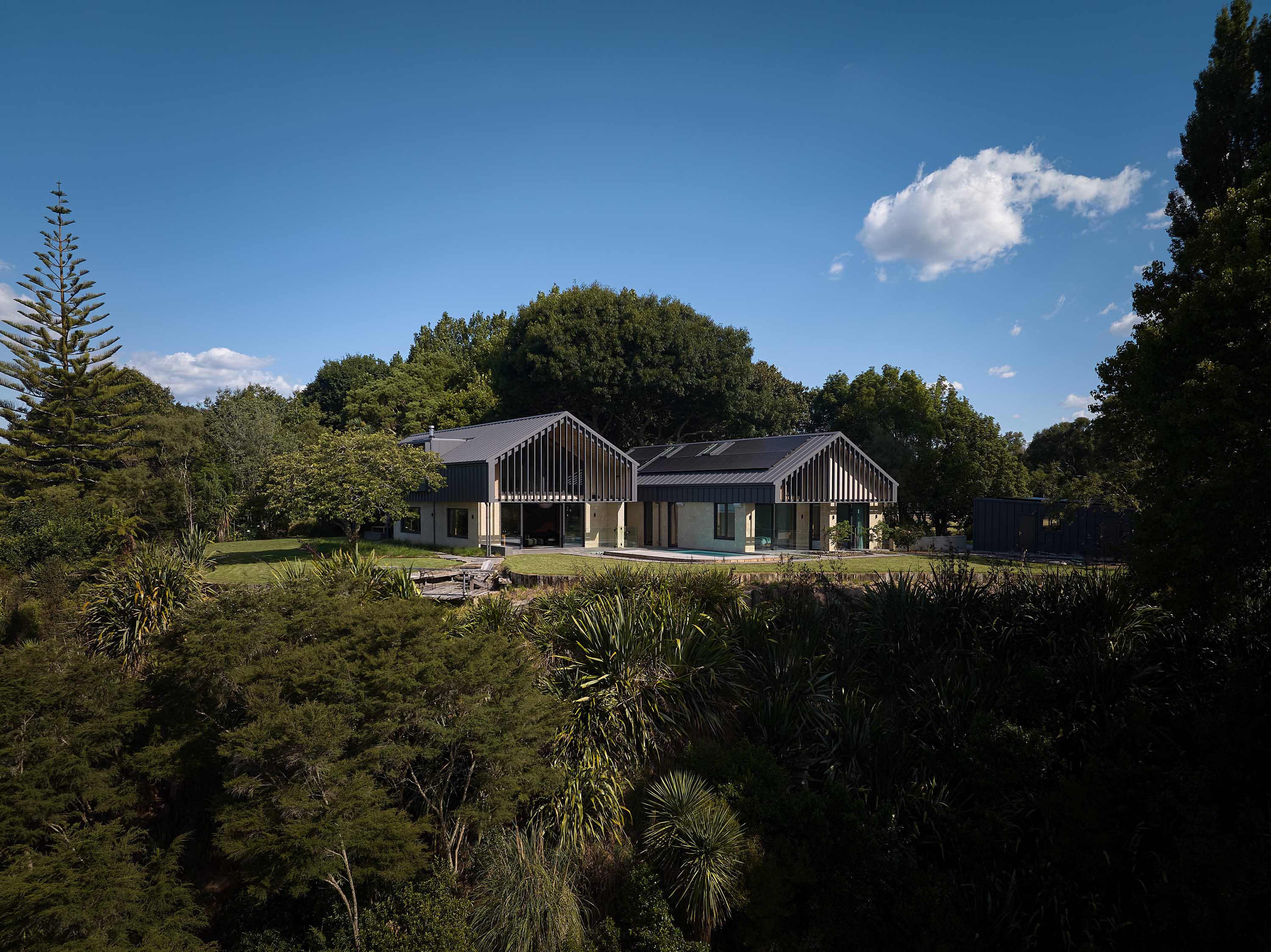
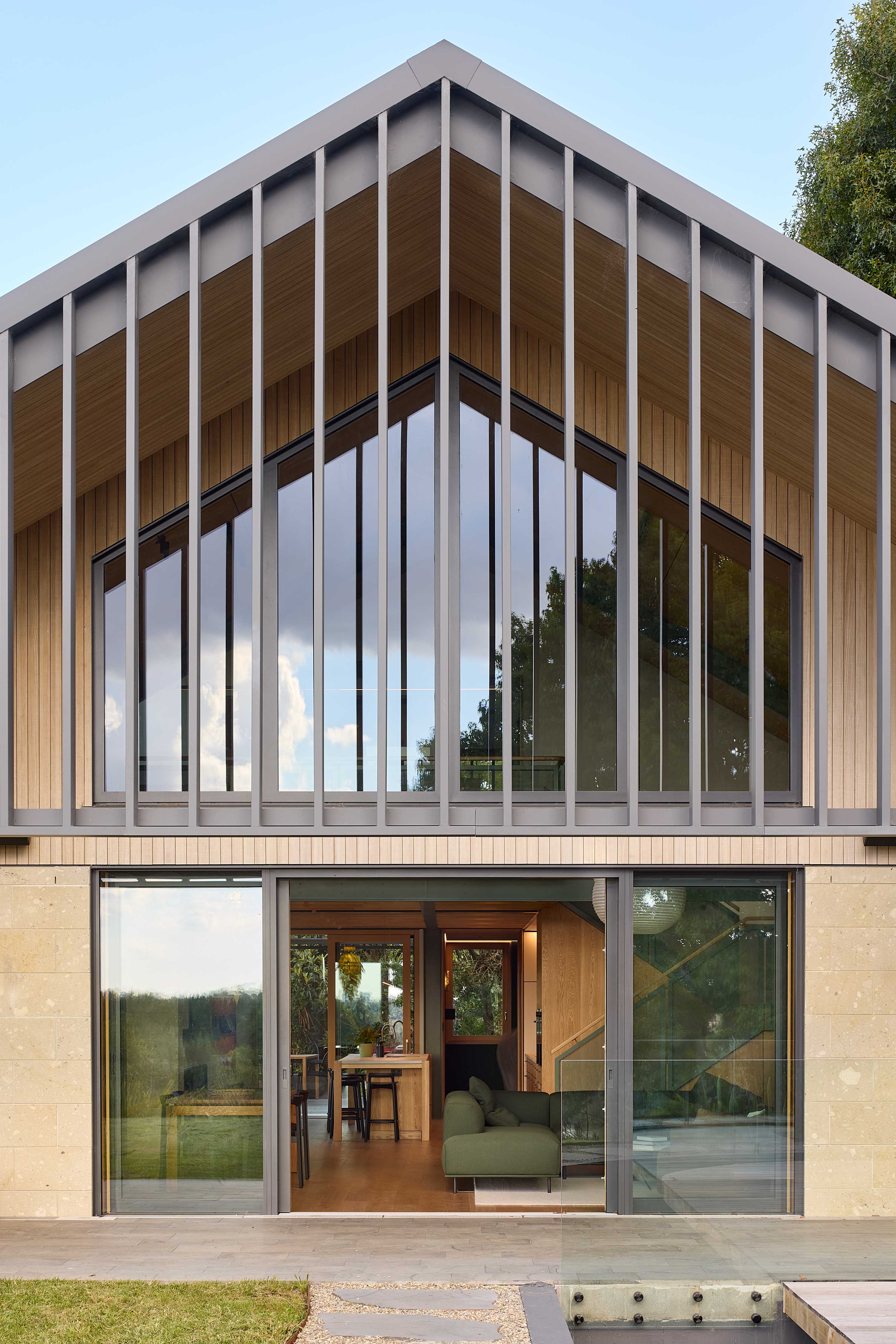
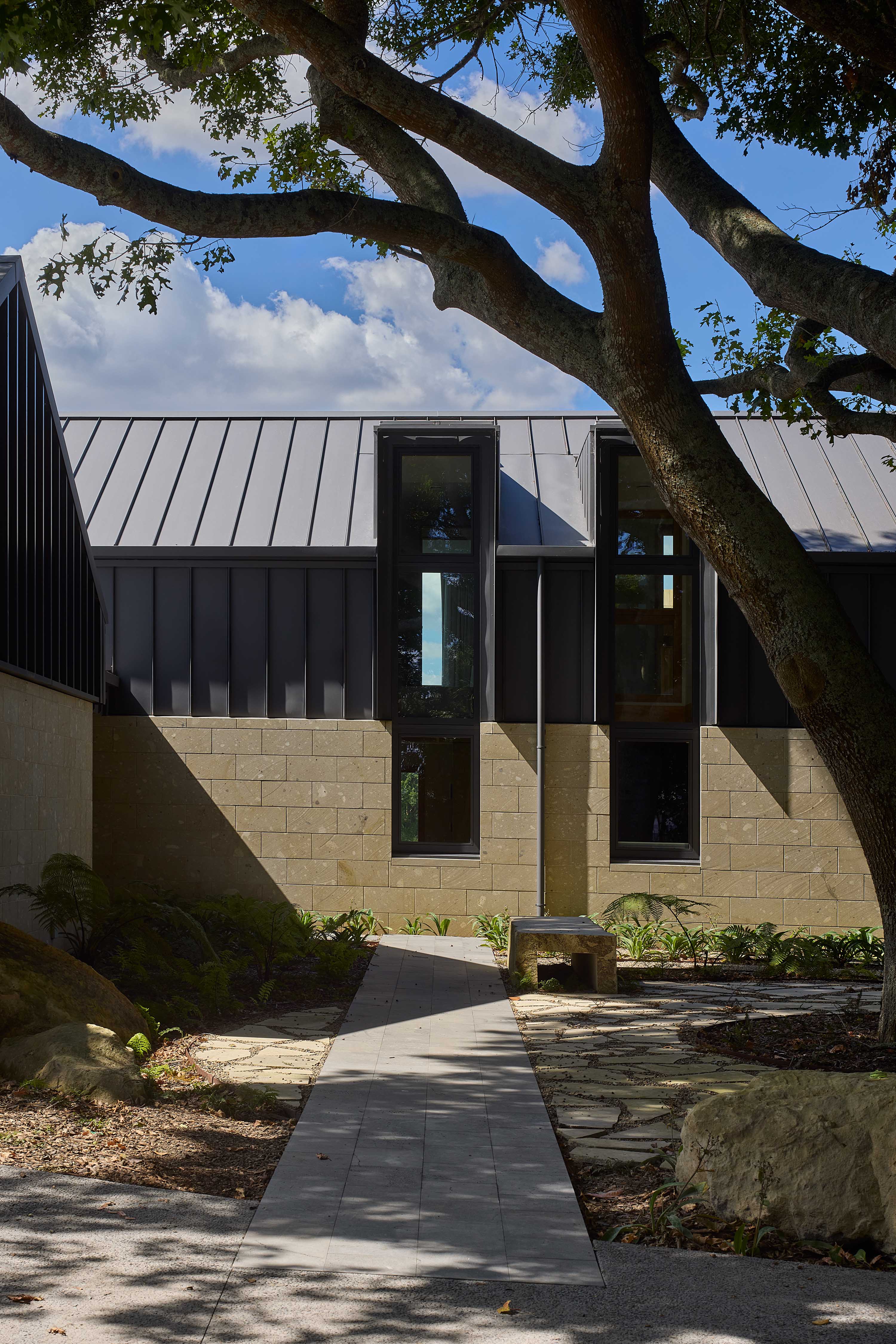
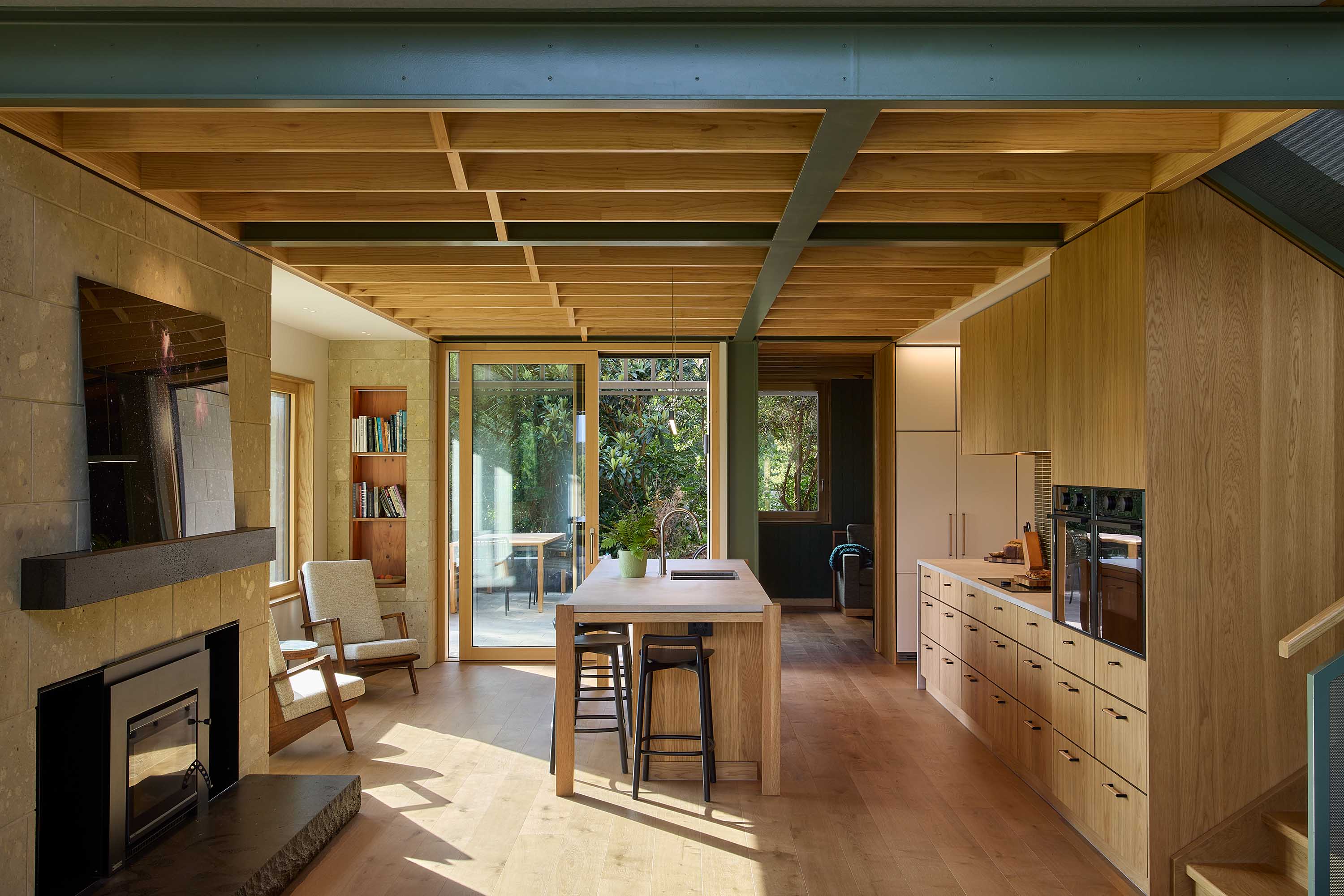
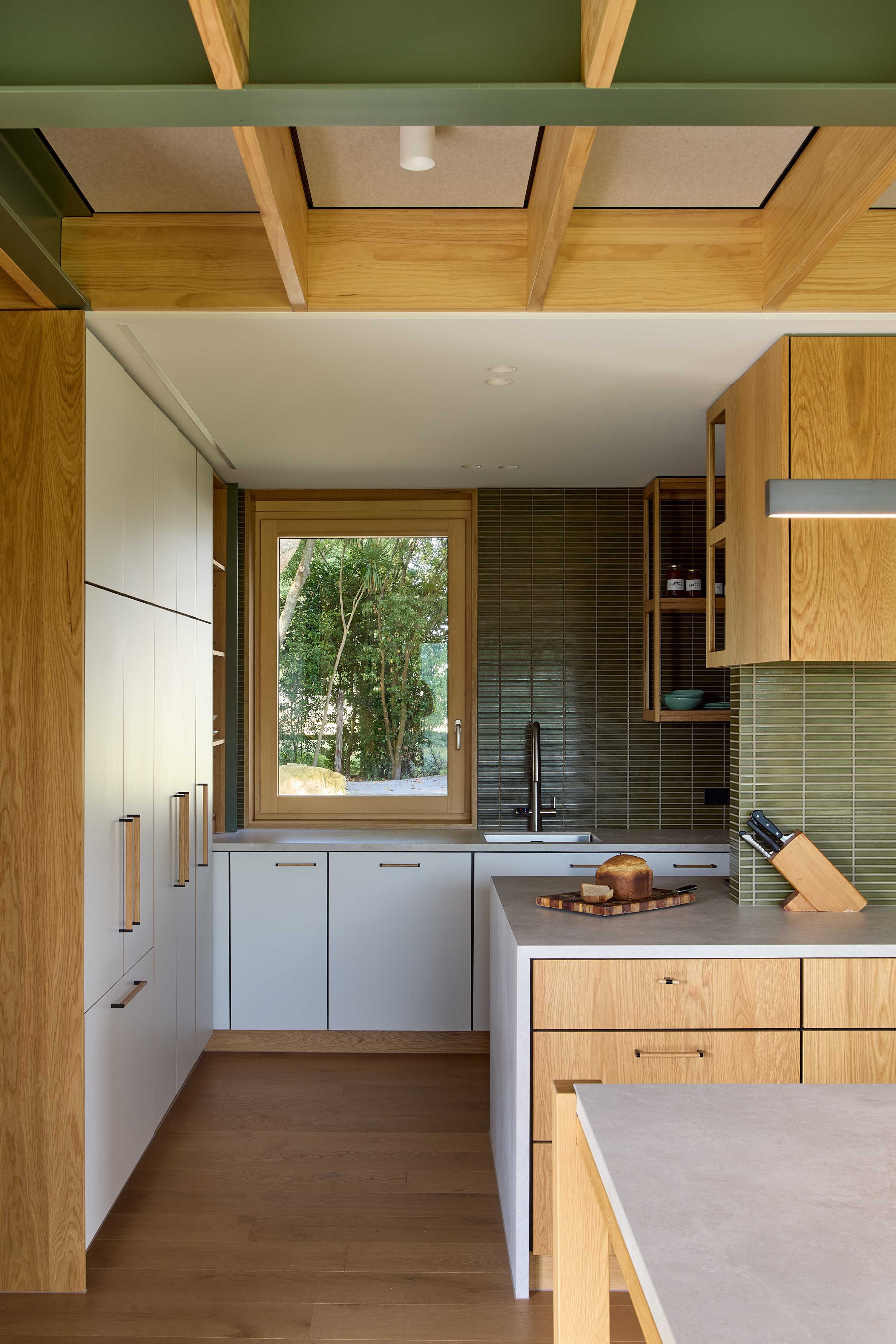
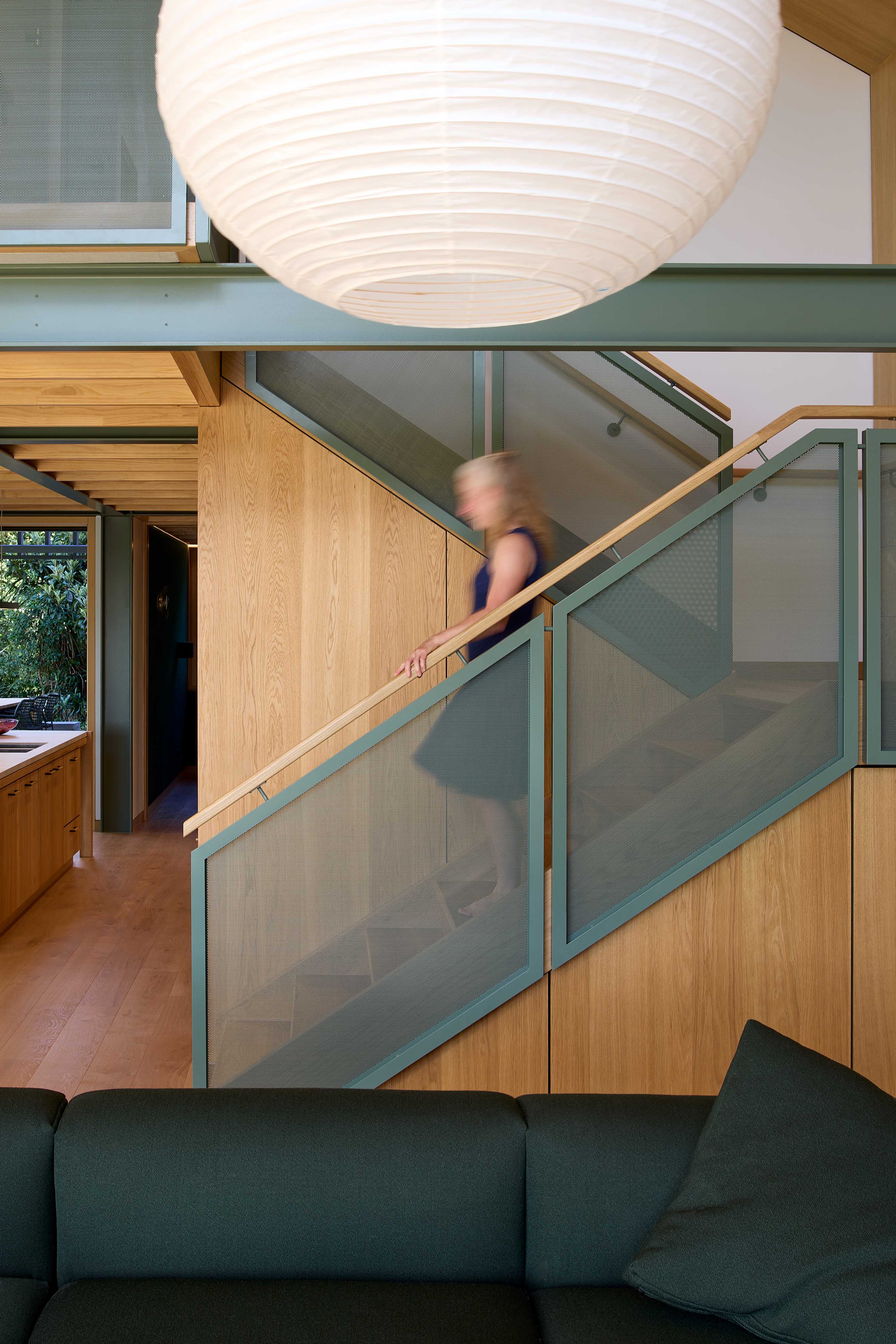

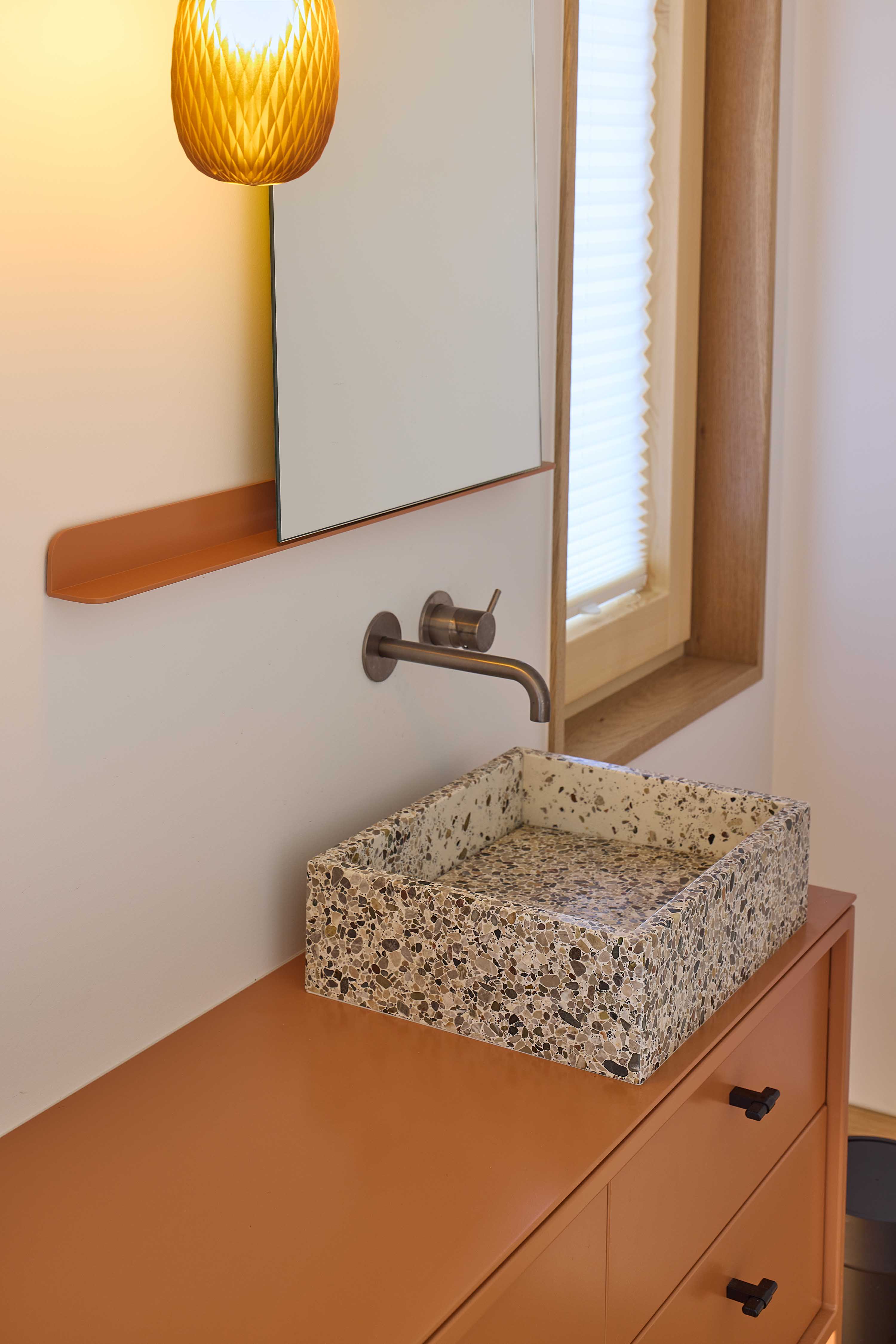

“When we turned up on site at completion, he asked me what I thought about a handrail detail. And I said, ‘I probably liked it how we [Edwards White] drew it.’ And that’s all he needed. Everything is just well thought out.” The owners also wanted to use locally sourced and long-lasting materials. All cladding above ladder height is low-maintenance metal, and they found a local quarry for the stone. “You can see the saw cuts in it, you can see what you’re looking at,” says Smith. The remainder is Abodo.
While airtightness, thermal bridging and double glazing might be good talking points for the passive purists (this house scored 0.6 on the blower door test, which is very good), for most, it’s about how it feels when you’re there. The couple were previously living in a cold, old villa on the site, so having a really consistent temperature has been a major change. As have the acoustics. “They didn’t realise how quiet it would be,” he says, noting they felt a bit conflicted because they wanted to hear their surroundings. “There’s a bit of a misperception that you can’t open your door in a high-performance house.”
There’s also a misperception that you can’t have a fire. It’s generally not needed for heat, but in the quest for ambience, they put one in anyway (crank the fire, open the door!). With the help of landscape architects Resilio Studio, the section has been transformed from a paddock with a few sheep in it to a full-blown forest garden where around 10,000 trees have been planted. (Xanthe White designed the landscaping around the home itself.)
Smith says one of the “nerdy things” they discussed from the architecture books was the idea of prospect and refuge. They always wanted to see out and read the seasons, so each room has a dual aspect. “There’s never just one window in a room.” That’s also part of the country house charm; being able to look out and see the landscape, or see visitors coming up the drive. While the house is primarily for them to live in, having three bedrooms and an attic loft that can be kitted out as a bedroom means it is also adaptable.
“When we had the judges through, the client said, ‘This sounds really cheesy but I never thought architecture and a home like this could have such a big, positive impact on our lives.’ They really live and breathe it,” Smith says. “They’re up at 5am and into the garden; they have their morning coffee on the patio in the sun, and a big part of the brief was to have that mezzanine looking out to the river. They are there 80 percent of their work life, so it’s an all-in lifestyle. And they don’t feel the need to leave.”
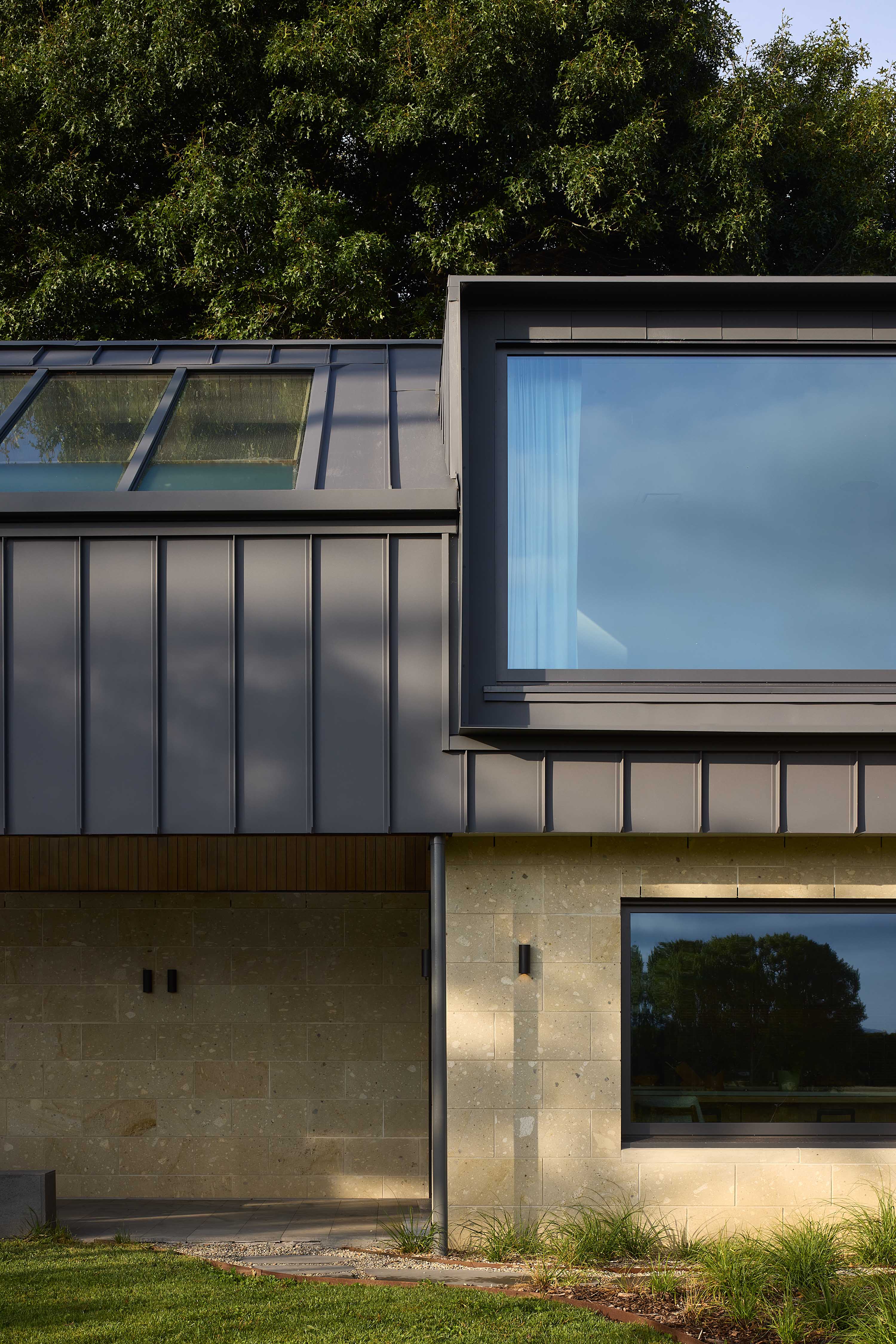
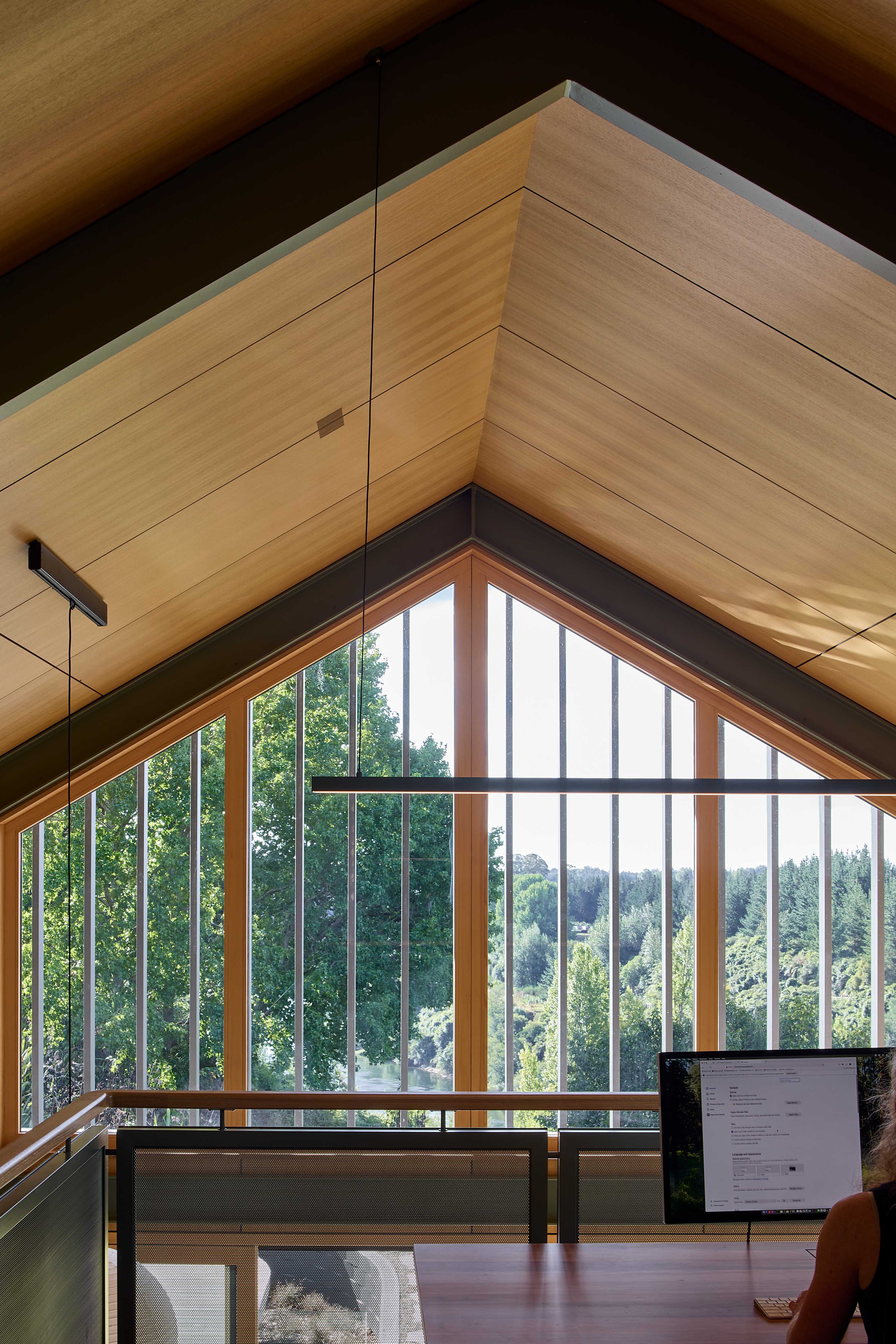

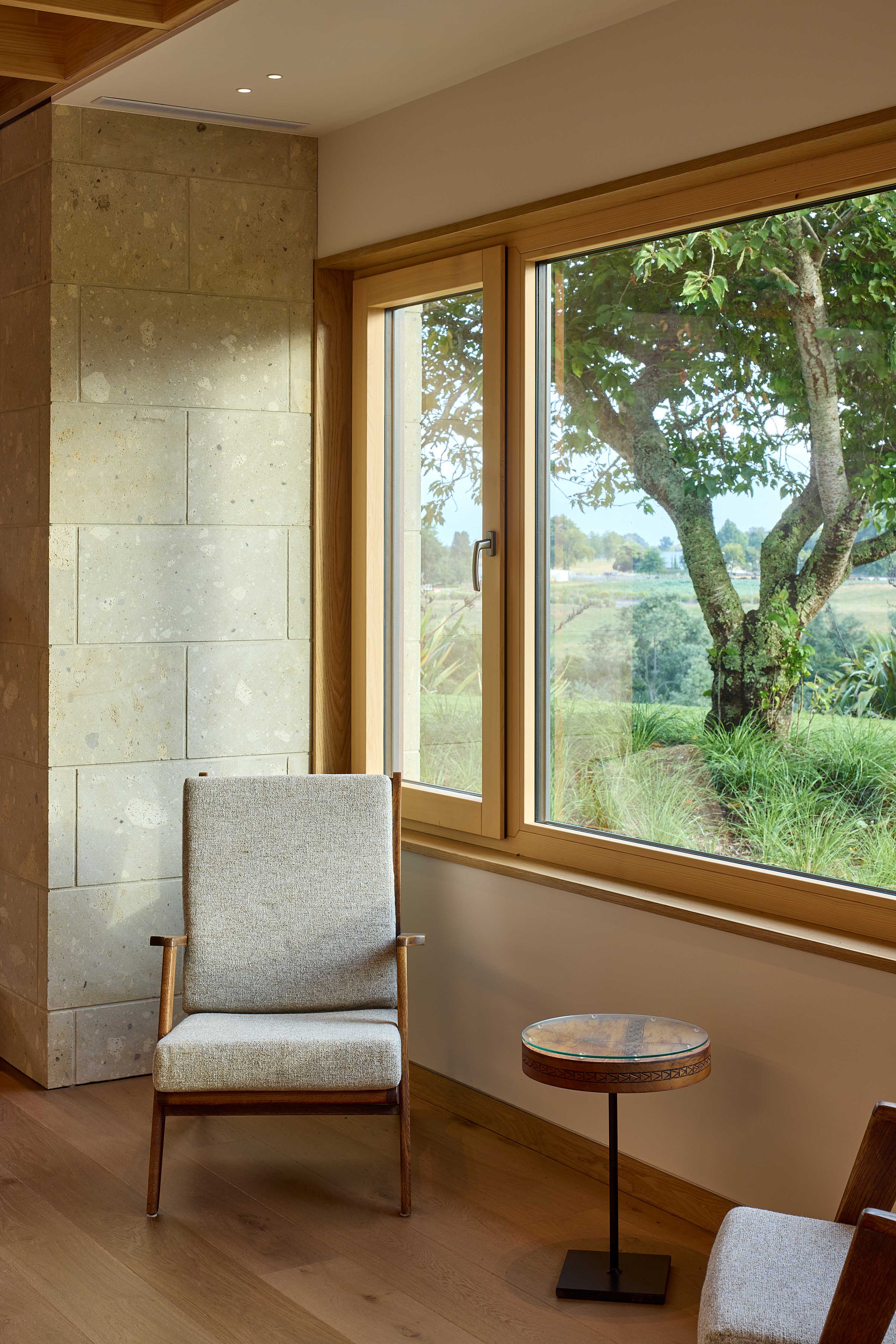
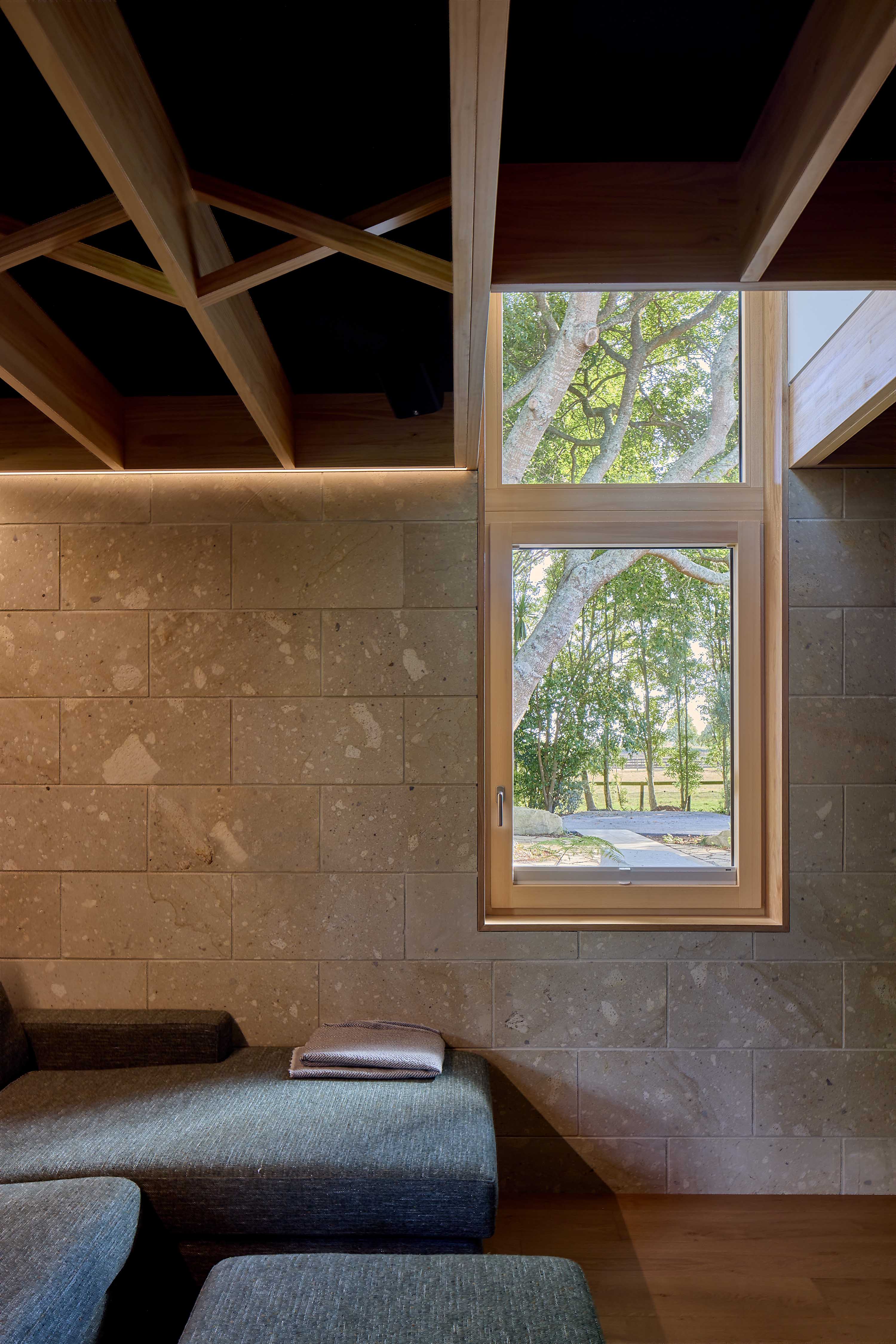
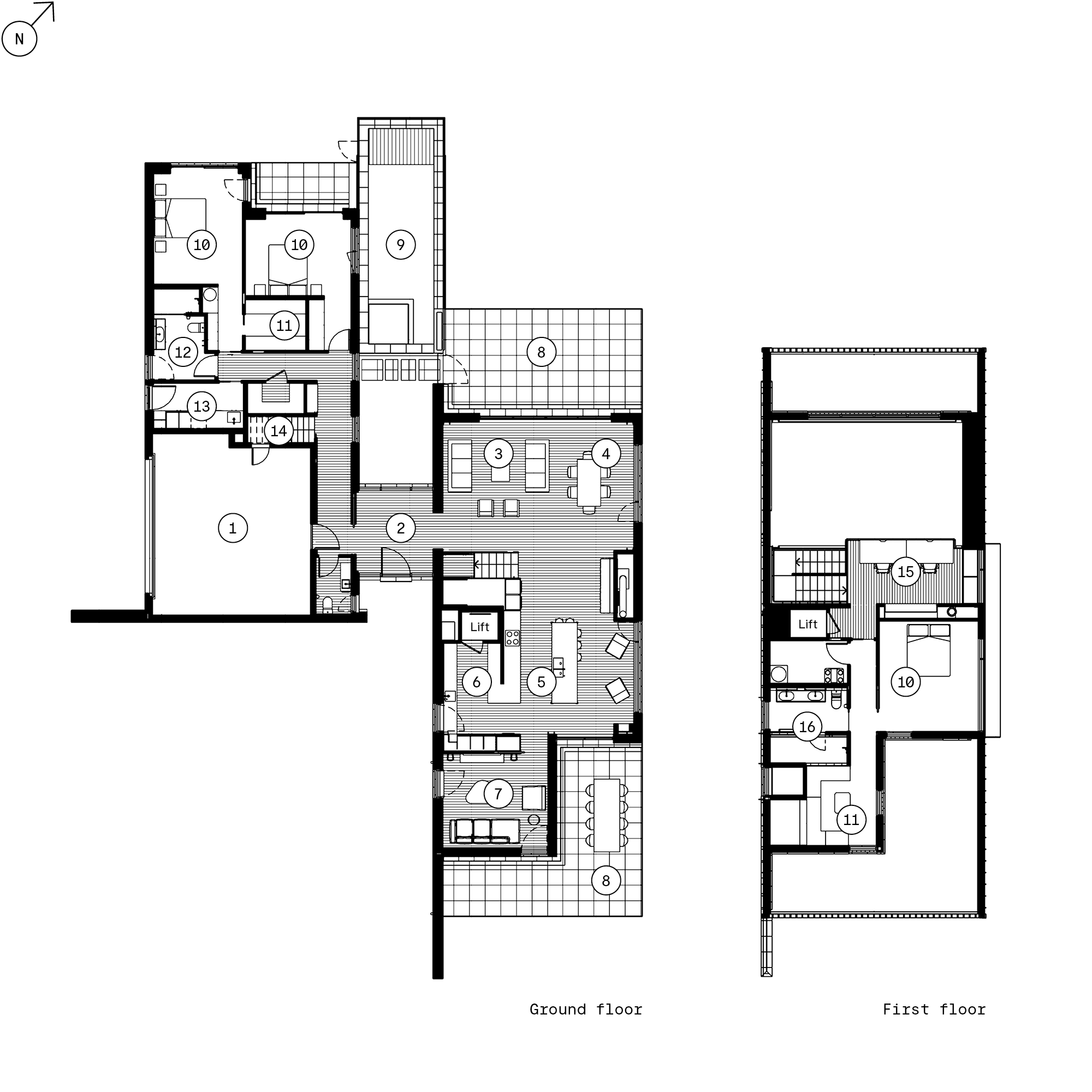
1 Garage
2 Entry
3 Living
4 Dining
5 Kitchen
6 Scullery
7 Media
8 Outdoor living
9 Pool
10 Bedroom
11 Walk-in
12 Bathroom
13 Laundry
14 Stair to Attic
15 Mezzanine
16 Ensuite